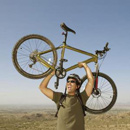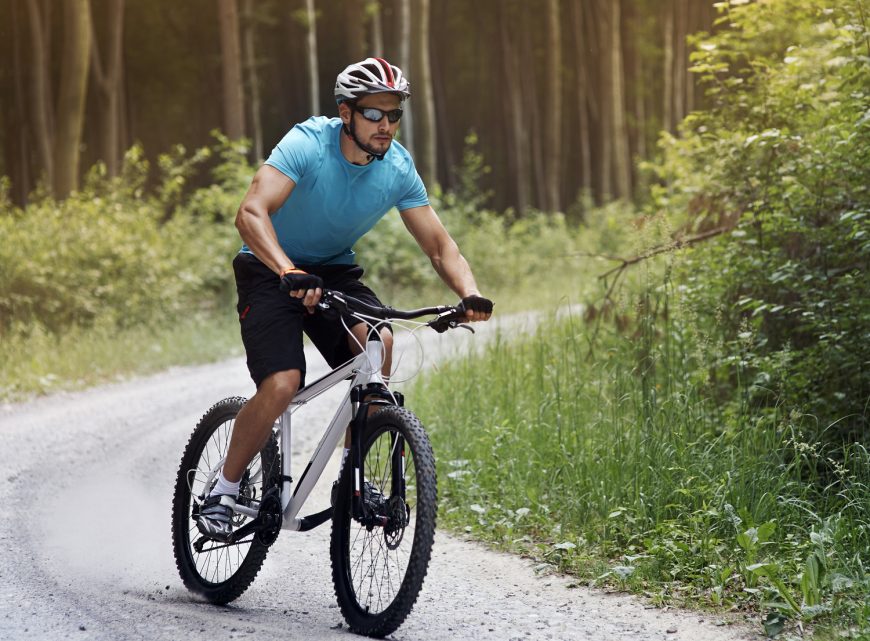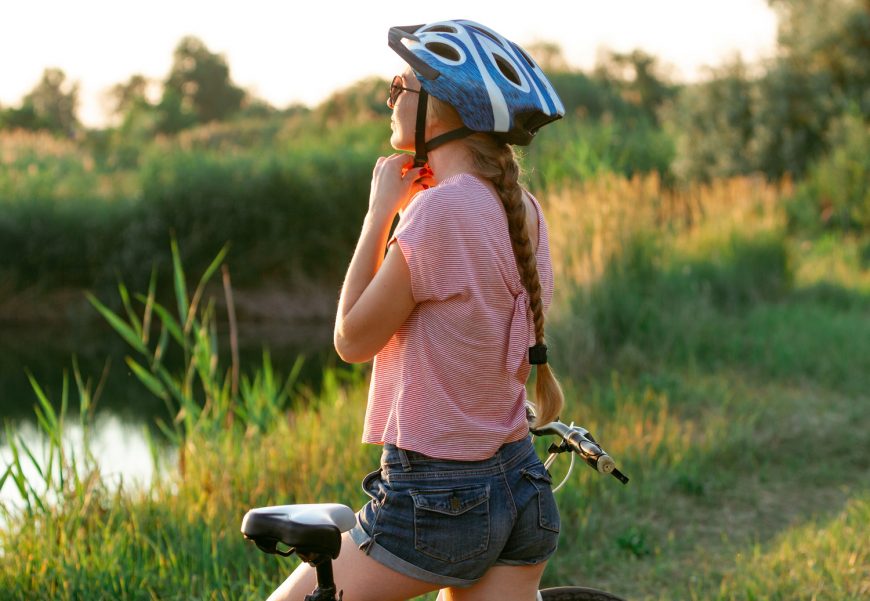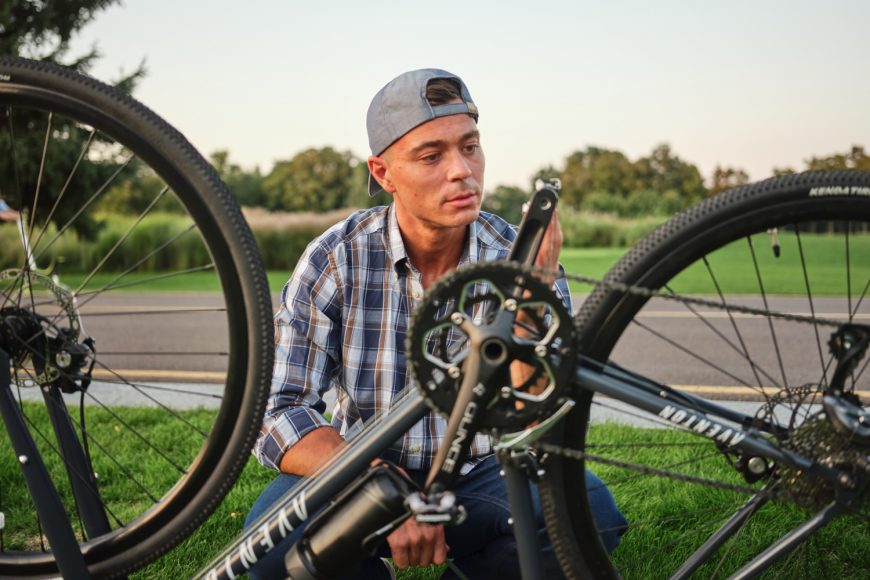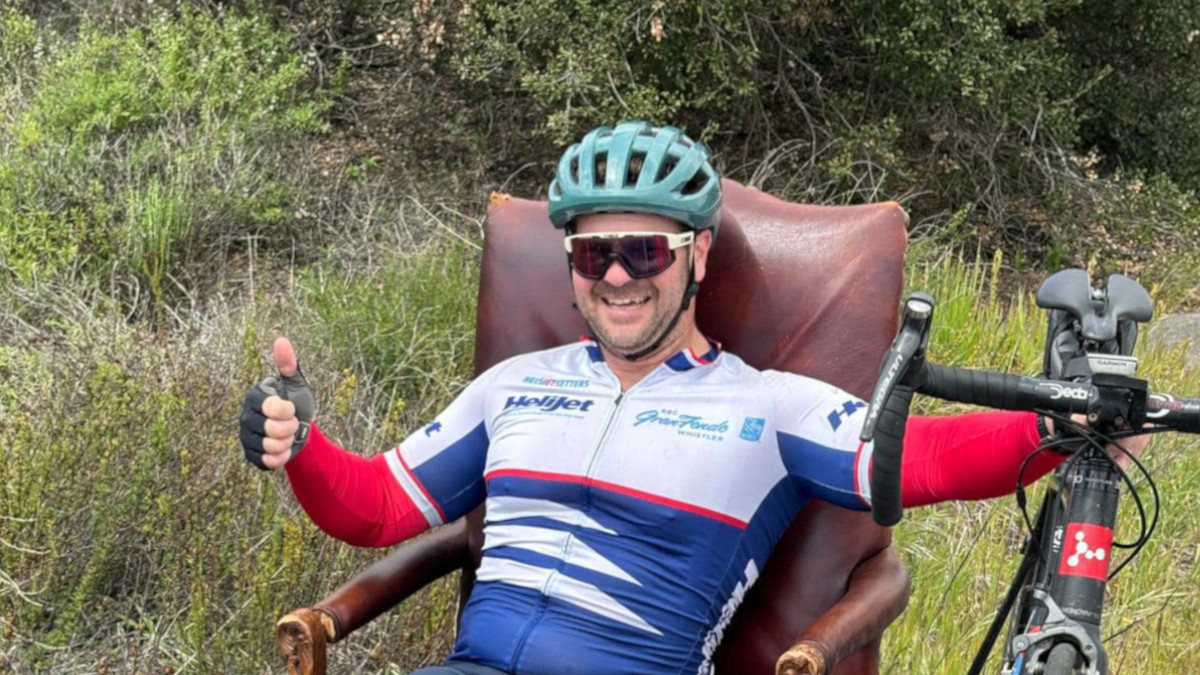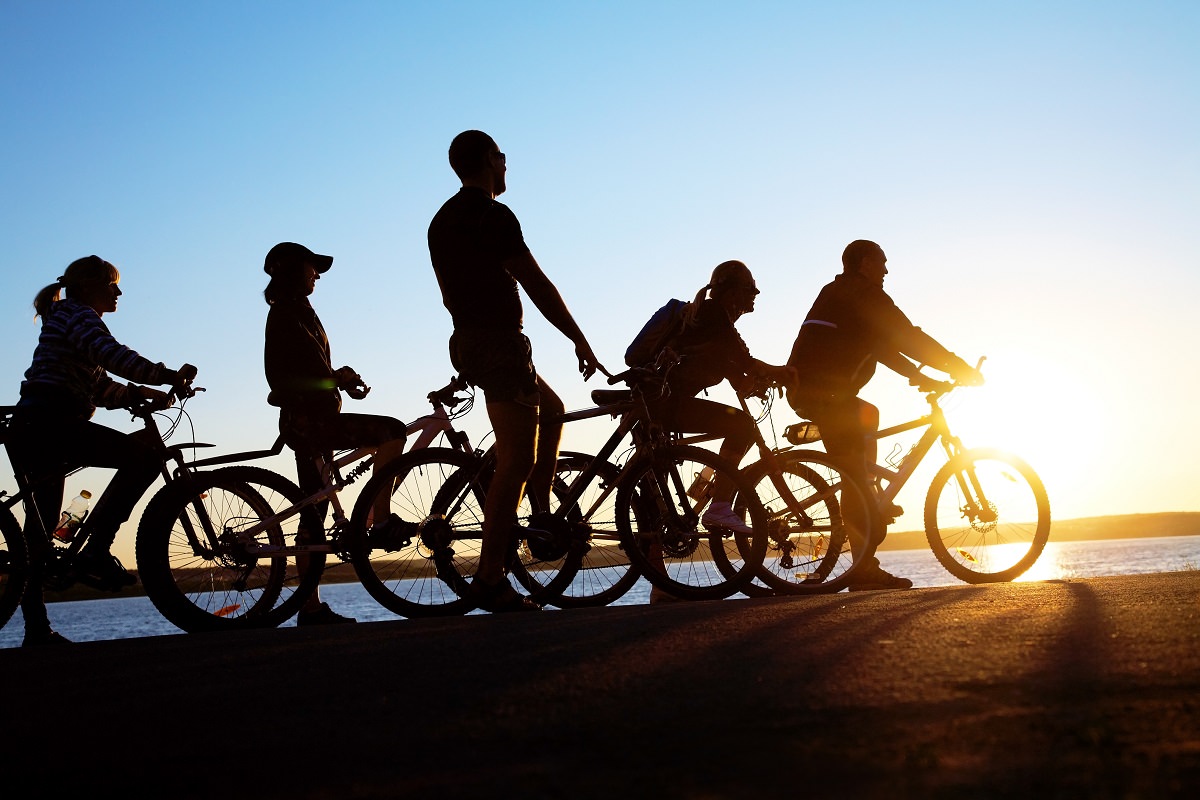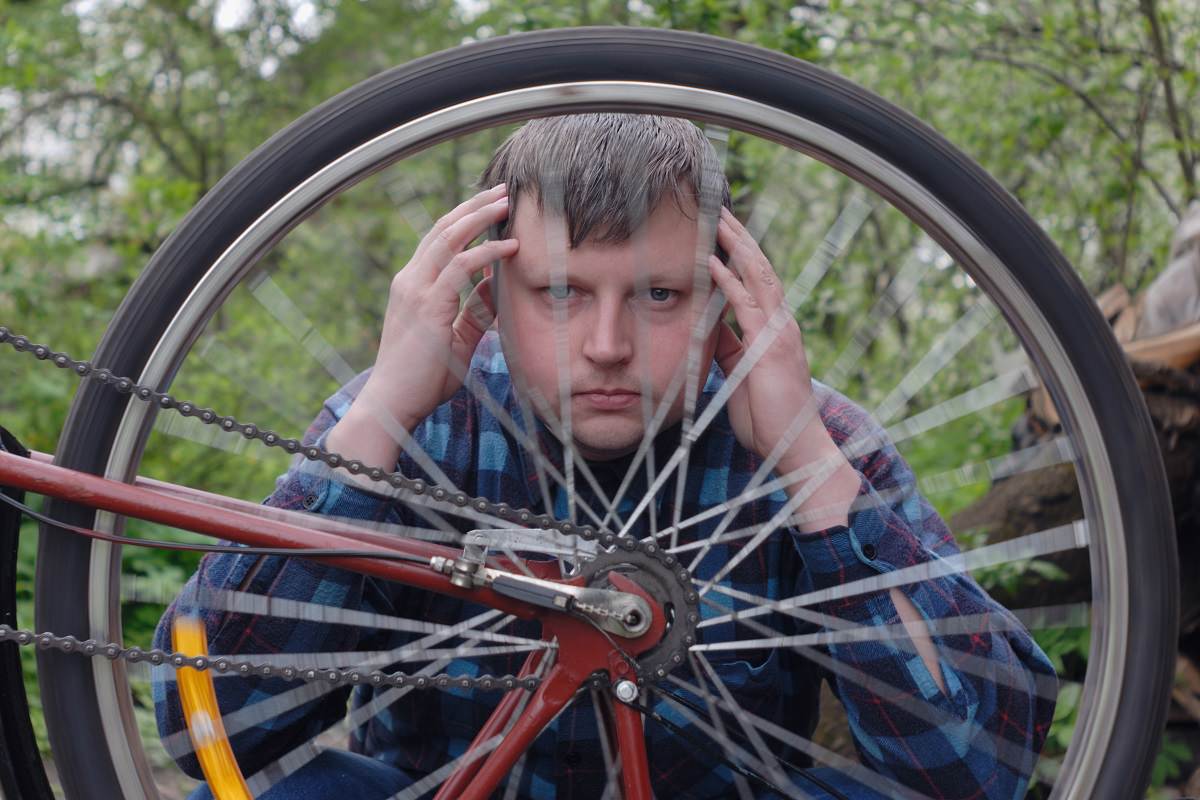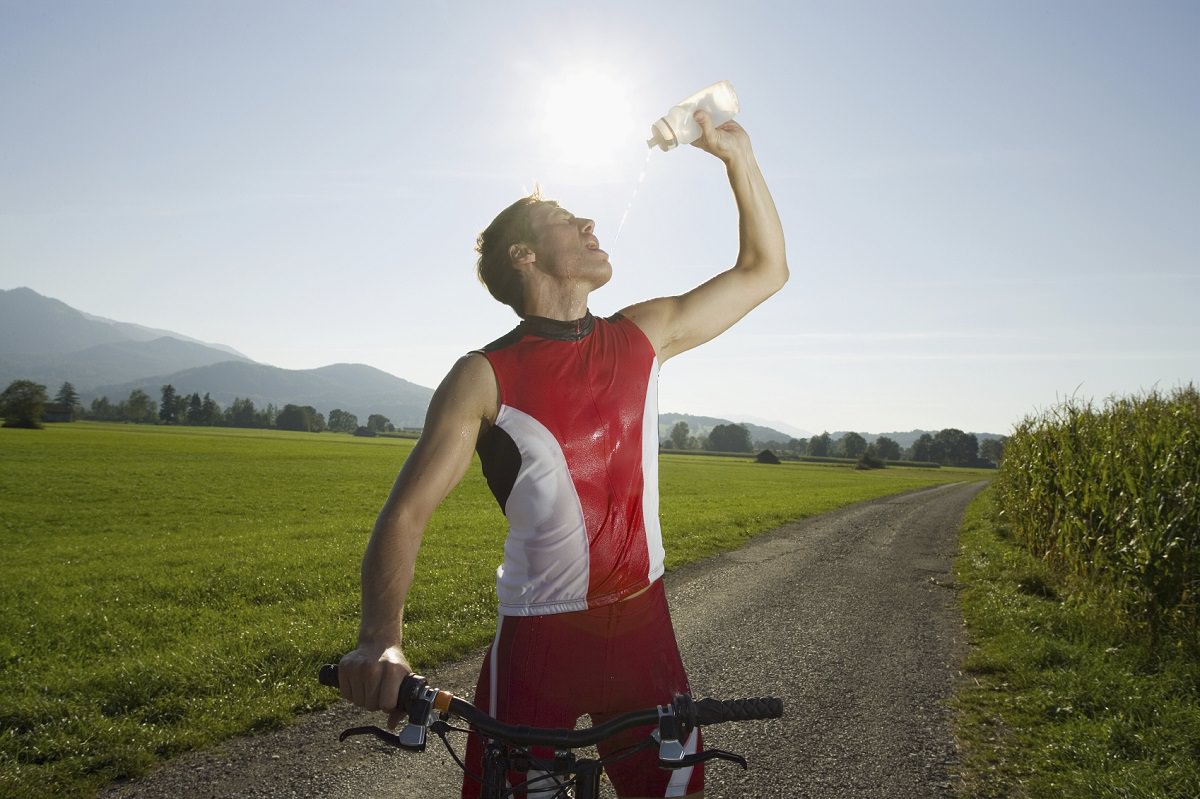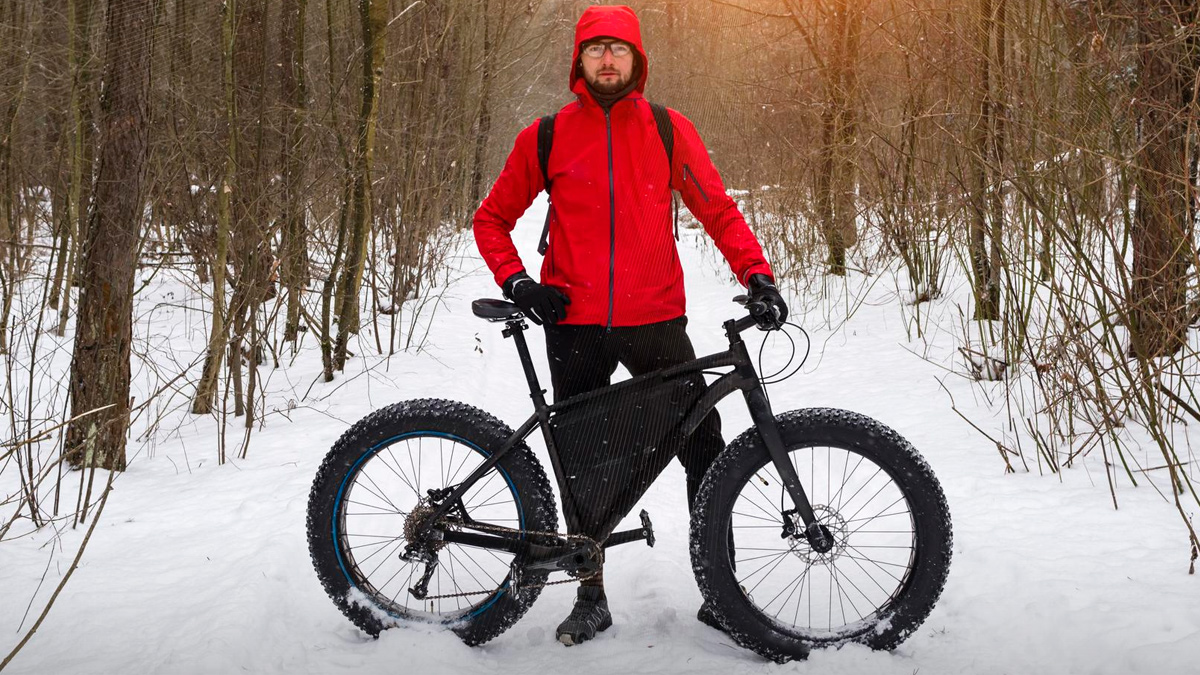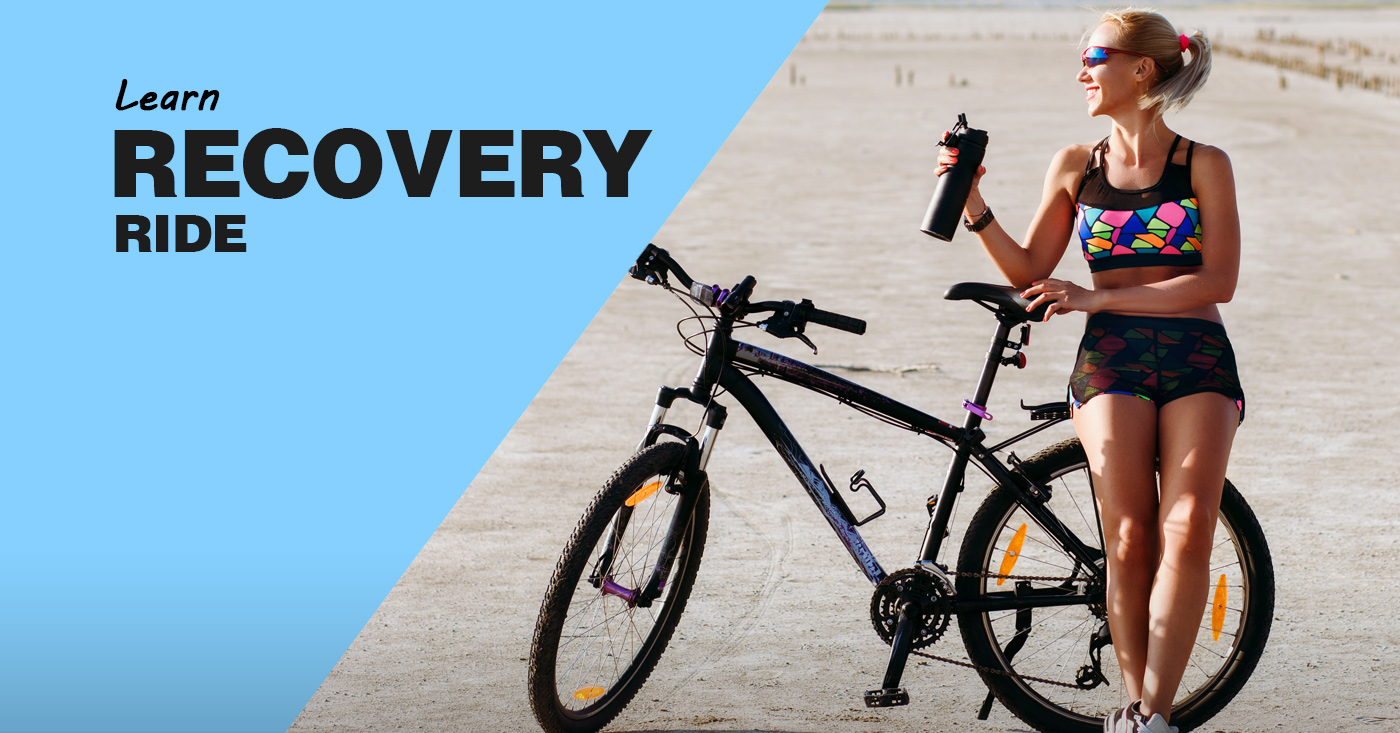Beginners often sustain injuries when riding bicycles. Injuries, however, can easily be inflicted and treated. Read on to learn about cycling injuries. Cycling is a sport, and just like any other sport, there is always a risk of injury involved when you ride a bicycle. In the United States alone, over 130,000 bicyclists are injured in road crashes every year. But hey, this does not mean that you cannot take measures to avoid an accident.
Although certain injuries are unavoidable, there are things a cyclist can do to reduce the chances of getting injured from ailments like back pain. Here are some of the most common injuries and what you can do to prevent them.
How To Prevent And Treat Cycling Injuries?
Cyclists often complain about their knee pain and back getting hurt while riding. However, these injuries can be easily avoided and treated with simple care. Here are the best ways to prevent and cure cycling injury:
1. Try Static Stretching
For cyclists and athletes in general, the most important thing is to have a good range of flexibility and motion to move their bodies easily and effectively. Stretching exercises help cyclists to re-align the thick and thin muscles after a ride and eliminate the lactic acid accumulation that causes the pain.
Lack of flexibility may also cause bodily imbalance and even lead the body’s structure to shift out of equilibrium. You may experience pain and injury if you do not practice proper stretching through a low-impact activity before riding a bicycle.
2. Always Warm Up Before Begining Your Ride
The majority of us just get on our bikes and start cycling. You should move your muscles and connective tissues first to prepare them for pedaling.
It doesn’t take much time and simply activating your muscles and moving your joints through their full range of motion for two minutes can help get your muscles ready for exercise and prevent saddle sores and injury. Before your next ride, try doing a pre-cycling warm-up to get your body moving.
3. Don’t Remain In The Same Position For Too Long
Cycling can be a fairly static sport, requiring your muscles to stay in the same posture for a long time. Repetition of this posture increases the risk of fatigue. Try to move around when riding your bike and sit up straight to keep your spine extended. Twist from side to side a little and rotate your pelvis back and forth to get yourself out of the same position.
4. Buy A Comfortable Saddle
The saddle that comes pre-attached to your bike may not be very comfortable. You may experience saddle sores at times, leaving you with pain and numbness in the genital area during long rides.
If this is the case, put on some chamois cream to avoid saddle sores and just change your saddle. There are several saddles with wide backs or cutouts to select from that may help alleviate some of the pressure. And it’s a smart investment since the last thing you want is to develop severe urogenital or reproductive health problems due to saddle sores.
5. Hydration Will Help You Avoid Muscle Cramps
Keeping your muscles properly hydrated is the best way to prevent cramps and other cycling injuries. For shorter or simpler rides, water will suffice; but, for longer or more intense rides, you might have to replace electrolytes with a sports drink.
6. Try Strength Training
Muscle imbalance is a common problem among cyclists. Some muscles grow too powerful as a result of continuous movement, while others become too weak.
With strength training, you can maintain your body’s balance and prevent certain overuse injuries by strengthening your muscles and connective tissues. It can also help you maintain a good cycling posture since a strong core helps keep your back straight.
7. Ride A Bike That Fits You
Getting a good bike fit, or at the very least taking the time to fine-tune things yourself, is well worth the money. You’ll be more comfortable riding the bike if you have everything set as per your preferences.
Consider things like saddle angle and height, cleat position, handlebars, and other factors. While it may be daunting, it’s important to take it one step at a time. It will reduce the chances of any injury caused by cycling in an incorrect posture.
Worried about finding the right bike fit? Explore our article on bike size chart to find your exact measurements!
5 Ways To Prioritize Your Safety While Cycling
We share the road with cars as cyclists, and we must do all we can to guarantee that the two can coexist safely. Here’s how you can stay safe while cycling on roads, specifically highways:
1. Wear A Helmet
A helmet can prove to be a lifesaver in case of an accident. When cycling on the road along with cars and other vehicles, make sure to wear a helmet to prevent any severe head injuries in the event of a collision.
Gear up for safety and style! Explore our guide on the best mountain bike helmets for top recommendations.
2. Ride By The Rules
Cycles are subject to the same rules as cars, so make sure you adhere to them. Drivers have the same rights and responsibilities as you. Your safety and the safety of others around you are dependent on you following the law properly. Follow all traffic signals and stop signs, and indicate any changes in speed or direction using hand signals.
3. Enhance your visibility
While you ride a bike, always assume that other drivers are going to kill you. To prevent accidents, do all you can to improve your visibility. Wear bright clothes, use lights and reflectors, and ride where people and vehicles can see you. Make eye contact with other bikers and pedestrians whenever feasible.
4. Keep An Eye On Your Surroundings
Always keep an eye on your surroundings and the road ahead of you. Beware of any potholes or obstructions on the road to prevent any unexpected bumps. These may catch you by surprise and send you crashing to the ground.
5. Drive On One Side Of The Road
Try to stick to one side of the road while cycling. If there’s a specific lane for cyclists, use that instead. This will reduce any possibility of potential accidents.
Avoid the dreaded bonk! Explore our guide on bonking on the bike to understand and prevent it.
Types Of Bicycle Injuries
There are different types of biking injuries. Let’s have a look at some common cycling injuries that may occur.
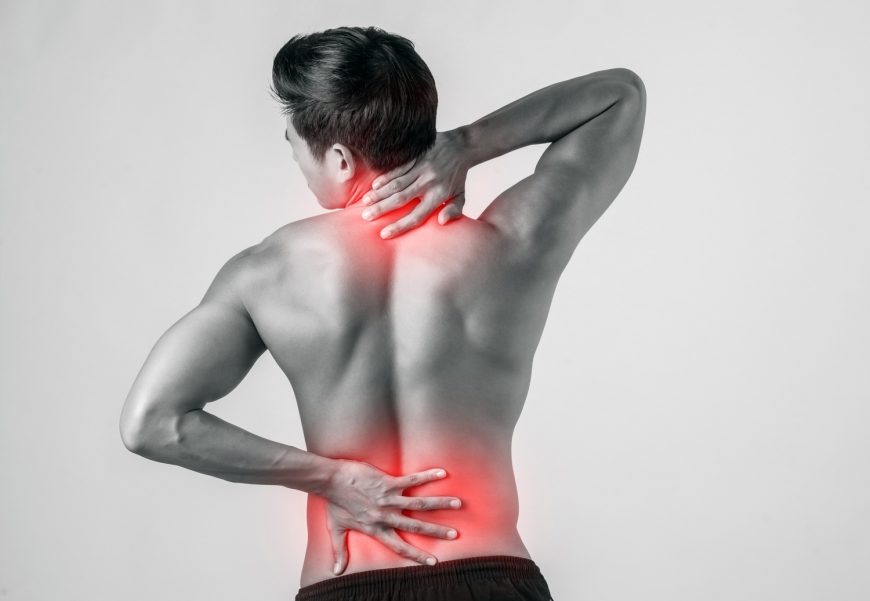
| Cycling Health Concerns | Prevention and Tips |
|---|---|
| Back/Neck Pain |
|
| Neck And Back Pain |
|
| Head Injuries |
|
| Wrist/Arm Pain or Numbness |
|
| Leg Injuries |
|
| Foot Numbness |
|
| Genital Problems |
|
Common Mistakes Made By Cyclists
Cycling in some situations can be challenging for beginners as well as seasoned riders. It has certain rules to follow that most people overlook. Let’s look at some of the most common cycling mistakes that you should avoid to prevent injuries:
1. They Overlook Maintainance
Cycles require regular maintenance to ensure that they run safely and smoothly. Check the air pressure in the tires and make sure the handlebars, pedals, chains, brakes, and other components are in good working condition.
2. They Avoid Wearing A Helmet
Wearing a helmet is the best way to avoid head injuries. Direct contact with your head during an injury is very lethal and should be avoided at all costs.
Cycling helmets are not mandatory in most countries, which leads to many fatal accidents. Even though it is not required, people must wear the right helmet size and type while riding. The rider must be able to see well in front of them and freely open their mouth. Therefore, you and your children will need different-sized helmets for your cycling trips.
3. They Don’t Use Bicycle Lights/ Reflectors
You must be aware of the traffic around you when riding on the streets or main roads. Many cycles have built-in reflectors that flash when other cars’ headlights shine on them.
There are rechargeable lights that you can connect to the front or rear of your bicycle to increase your visibility on the road when you switch sides. Many countries require cyclists to follow these rules, although some users are still careless in this regard.
4. They Drive In Violation Of The Law
In most countries, cyclists have their own set of traffic rules. Some states have dedicated cycling lanes that are marked on the road. Furthermore, the cyclist must follow traffic regulations such as lane changing with the arms, wearing a helmet, utilizing reflectors or lights on the bicycles, and not riding in the fast lanes. Violation of laws is the most common cause of accidents.
FAQs
What is the first aid technique needed in cycling?
The first aid technique needed in cycling is addressing the cuts and grazes. You will have to clean the wound before you apply any bandage on it.
What are 3 first-aid techniques?
CPR, Bleeding Control, and Fracture Stabilization are the 3 first aid techniques.
What causes injuries in cycling?
A poor bike fit and improper cycling posture cause most injuries in cycling.
What is the most common injury in cycling?
Head injuries and concussions are the most common injury in cycling.
Summing Up!
Health-conscious people often prefer cycling over other modes of transport. However, cycling injuries can happen at times. These injuries can be easily avoided if a person follows safety guidelines such as wearing a helmet, following traffic regulations, and maintaining the bike in a proper condition.
Also Read
- Cyclist Safety & Protective Gear! Should Cyclists Always Wear Them?
- How To Maintain Proper Cycling Posture
- All About Recovery Ride – What It Is, Its Importance, And How To Do It!
- 4 Basic Hand Bike Signals You Should Know About!
- 20 Benefits Of Cycling: How Cycling Improves Your Health
Should you have any questions or require further clarification on the topic, please feel free to connect with our expert author Luke Ameen by leaving a comment below. We value your engagement and are here to assist you.

